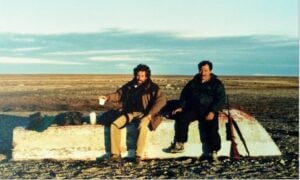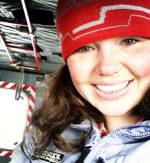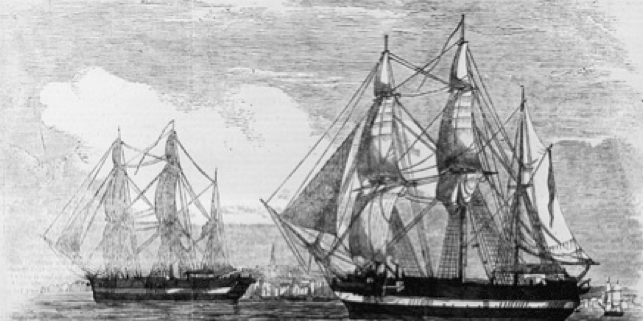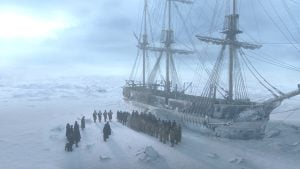Inuit students can now easily learn about the ill-fated Franklin expedition in their traditional language of Inuktitut, thanks to a series of translated lesson plans from Canadian Geographic Education.
The six free-to-download lesson plans fit into the Nunavut curriculum and are the first resource from Canadian Geographic Education to be translated into Inuktitut. They cover everything from the role traditional Inuit knowledge played in the 2014 discovery of Erebus, to geography’s effects on history, to the science involved in the Victoria Strait expedition. Students will meet a cast of characters from the Franklin expedition, and plan an expedition for a modern-day explorer.
“We wanted to ensure that the materials were accessible and relevant to all students in Canada,” says Ellen Curtis, education director of the Royal Canadian Geographical Society. “Given the importance of Sir John Franklin’s expeditions to Nunavut we wanted to present the materials in their traditional language and strengthen the ties between traditional Inuit knowledge and current educational activities.”
Each lesson plan is also adaptable to the availability (or lack thereof) of resources in the north; in some cases all a classroom may need is an internet connection.
However, all schools in the three territories received a copy of the Canadian Geographic Atlas of Canada as well as a copy of the December 2014 issue of Canadian Geographic, which was themed around the Franklin find. Additional copies were sent to Nunavut’s Ministry of Education for distribution to their schools.
Curtis adds: “The lesson plans put a major historical event into a geographical context and really push students to think about the underlying issues of the expeditions. For instance, why were they exploring, what does it mean to Canadians and why is it important to learn about a historical event in modern day?”
These lesson plans are part of the Royal Canadian Geographical Society’s contributions to the Victoria Strait expedition, led by Parks Canada. They were created with the generous support of public and private partners, such as The W. Garfield Weston Foundation, One Ocean Expeditions, the Arctic Research Foundation, and Shell Canada.
Canadian Geographic Education has a membership of over 15,000 teachers from across Canada. It aims to strengthen geographic education in the classroom and increase the public awareness of the importance of geographical literacy.





